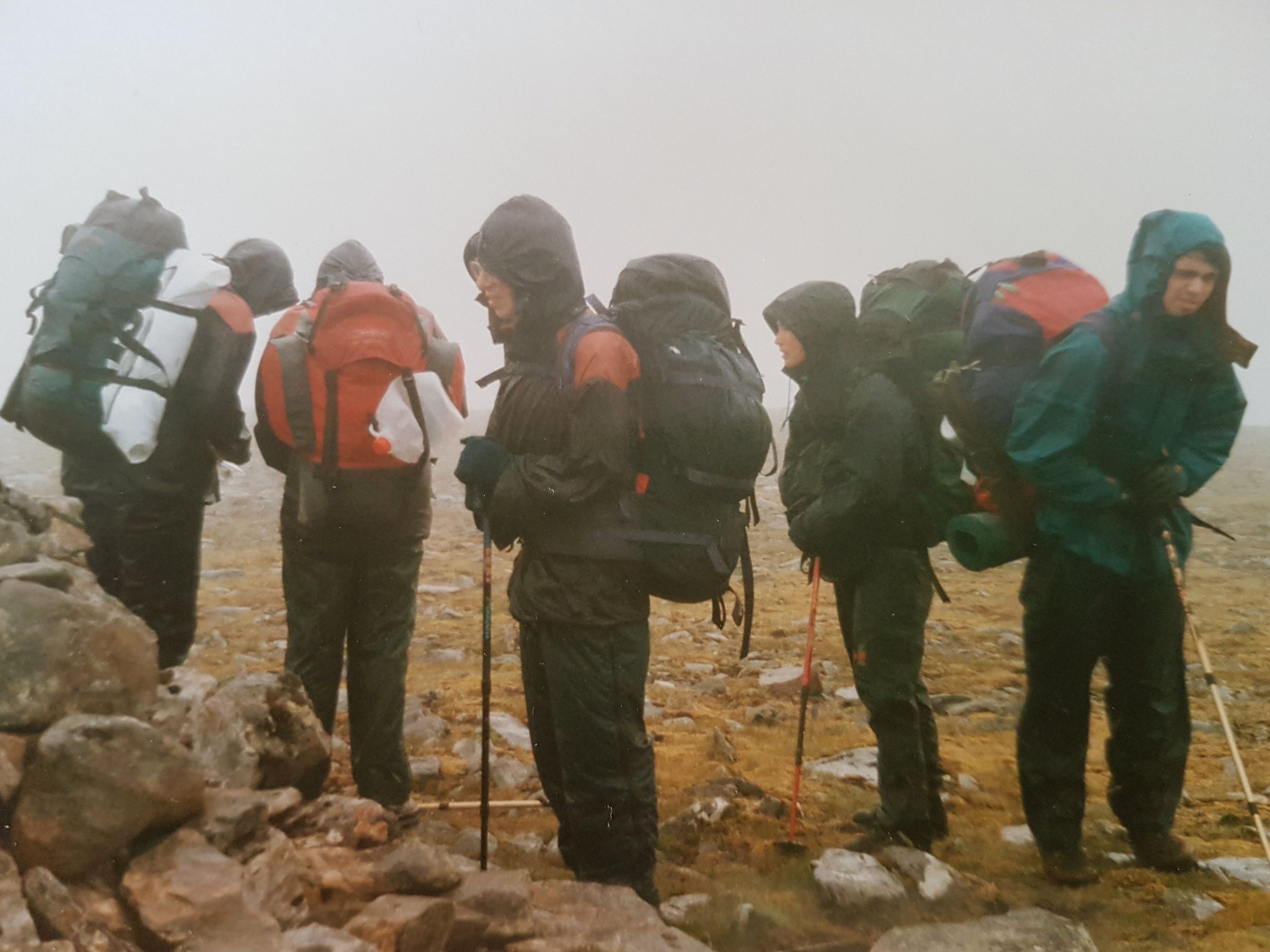Training for a backpacking trip is an important step in the preparation process. It helps to ensure that you are physically and mentally prepared for the adventure ahead of you. With proper preparation, you can enjoy a safe and successful trip.
The most important part of training for a backpacking trip is to build up your physical strength and endurance. This can be done through cardiovascular exercise such as running, biking, swimming, or any other aerobic activity that gets your heart rate up. You should also work on strengthening your core muscles with exercises such as planks and crunches. Additionally, it is important to focus on strengthening your legs and back with squats and other weight bearing exercises.
In addition to physical conditioning, it is essential to be mentally prepared for a backpacking trip. You should research the area where you plan to hike in order to familiarize yourself with the terrain and any potential dangers or hazards that may arise. Be sure to bring along a detailed map of the area so that you always know where you are going and how long it will take you to get there. Additionally, practice setting up your tent or hammock in advance of the trip so that when you arrive at your campsite, you will feel confident setting up your shelter quickly and efficiently.
Finally, remember to pack light but smartly for a backpacking trip. Bring only what you absolutely need in order to keep your pack light enough for comfortable travel over long distances while ensuring that all of your essential items are accounted for.
By taking these steps before embarking on a backpacking trip, you can ensure an enjoyable experience that will leave lasting memories.
Conclusion: Training for a backpacking trip involves building up physical strength and endurance through aerobic activities such as running or biking, strengthening core muscles with planks and crunches, focusing on leg and back muscles with squats and other weight bearing exercises, researching the area where one plans to hike in order to familiarize oneself with the terrain, packing light but smartly for the journey ahead, practicing setting up one’s tent or hammock prior to leaving home – all this helps ensure an enjoyable experience when out in nature.

